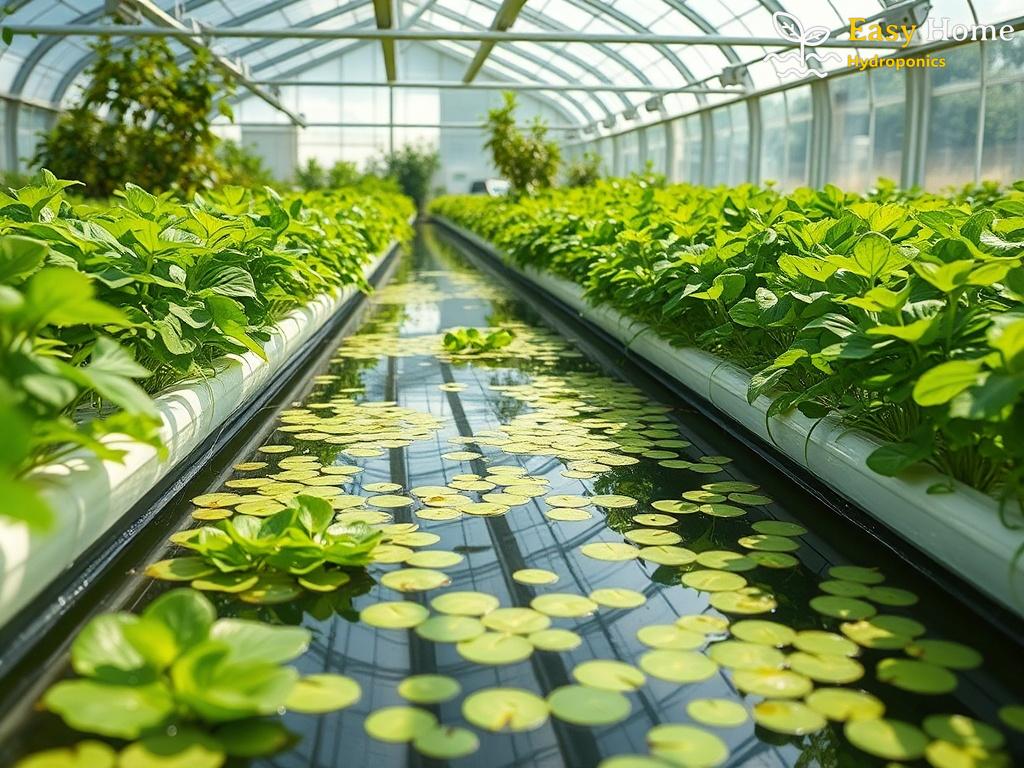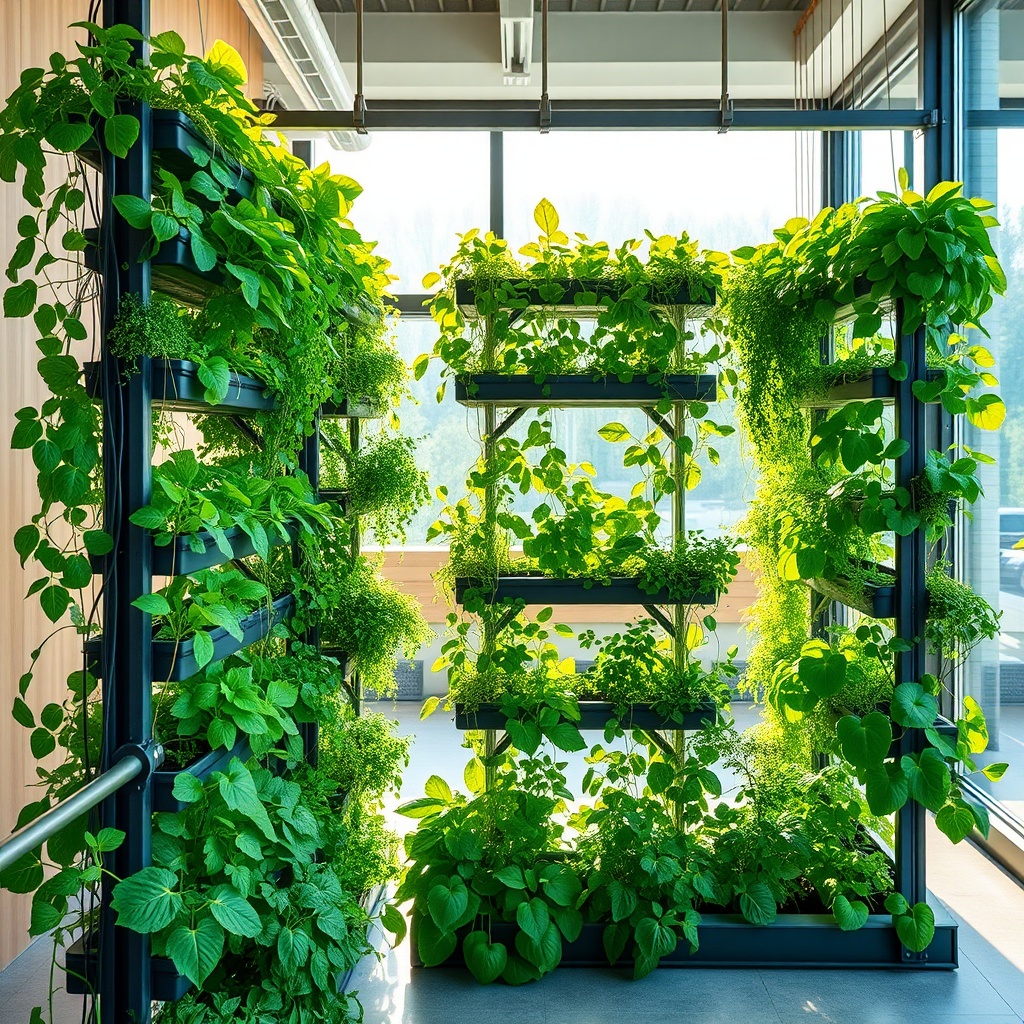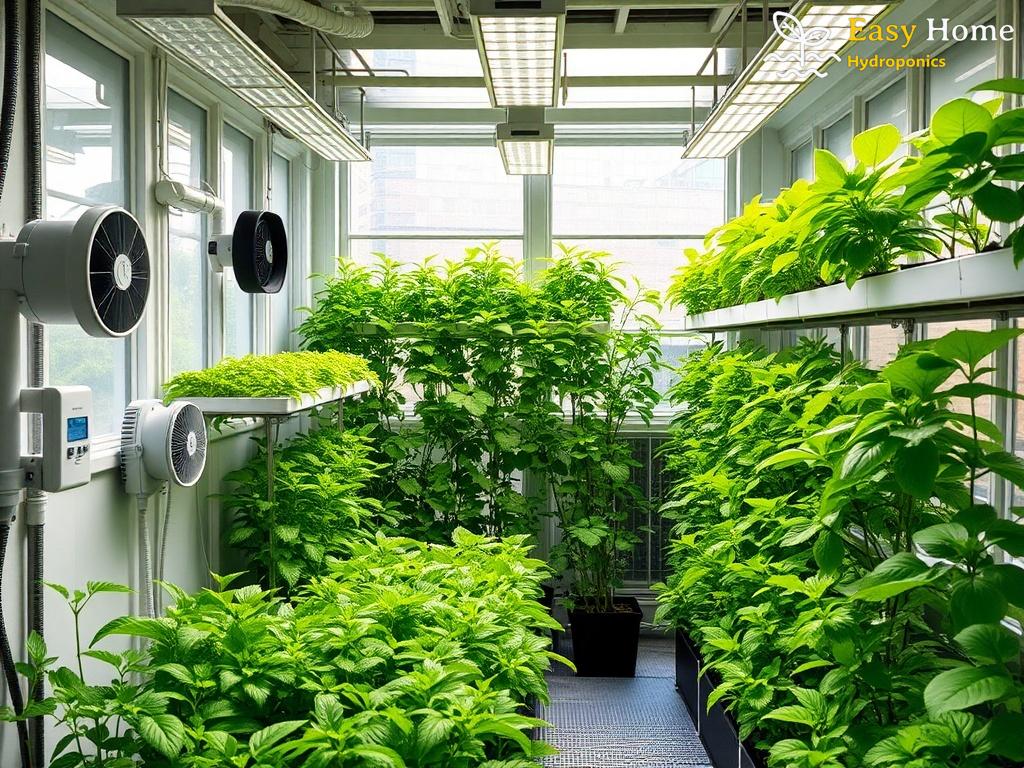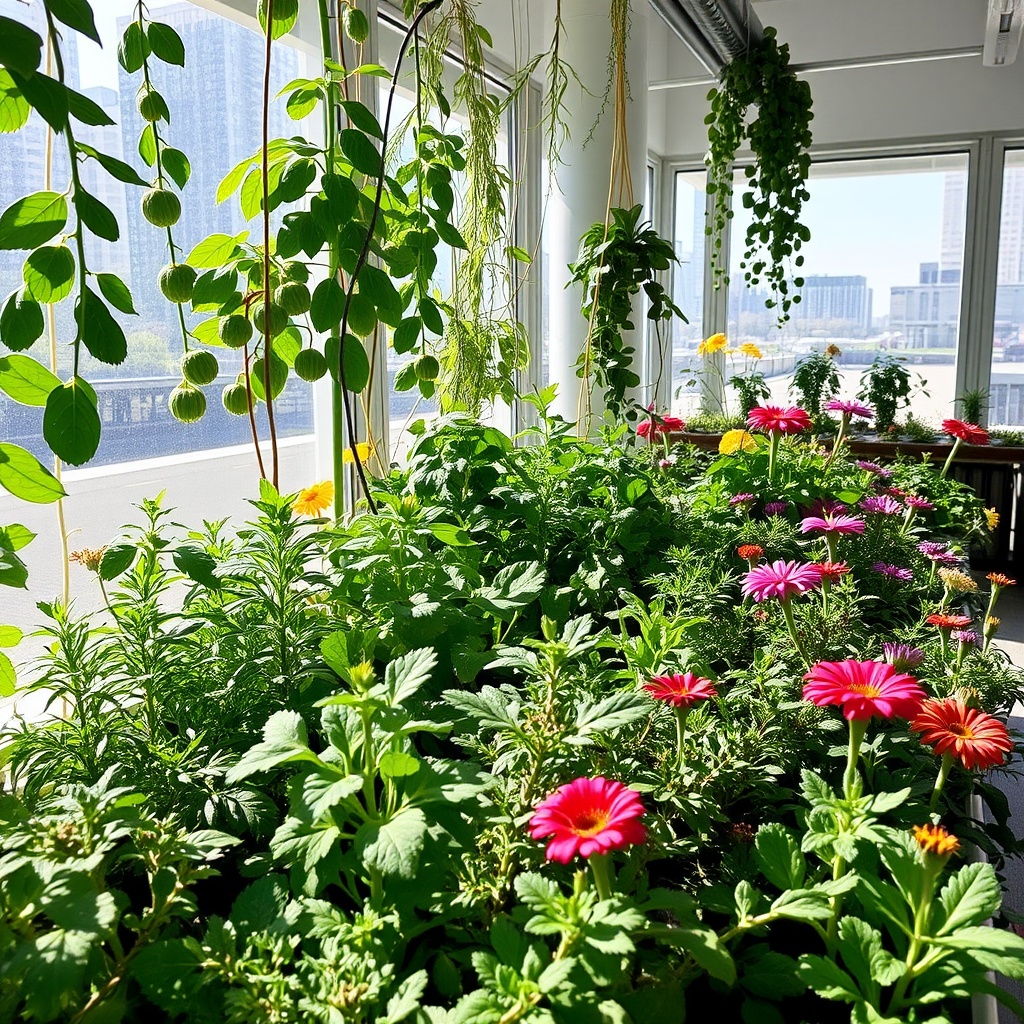Harnessing Natural Predators: A Green Approach
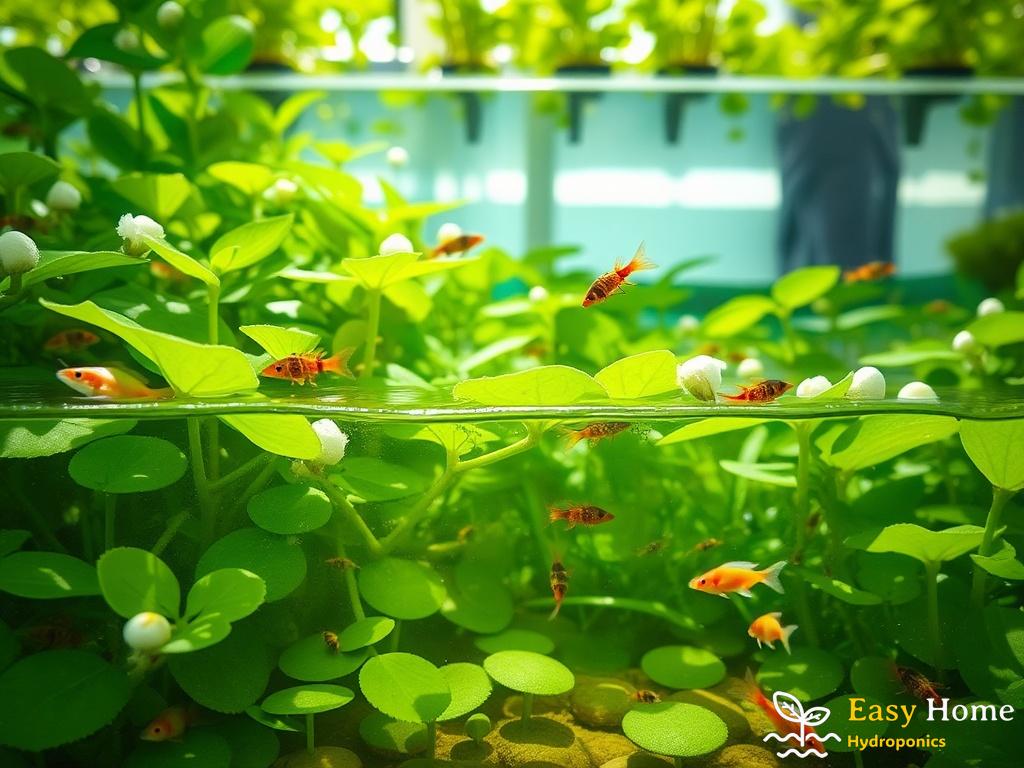
In the quest for sustainable agriculture, hydroponic systems have emerged as a beacon of innovation. However, the battle against algae can often overshadow their advantages. Algae not only compete for nutrients but can also disrupt the delicate balance within these systems. Instead of resorting to harsh chemicals, a growing number of hydroponic enthusiasts are looking towards nature itself for solutions. Enter the world of natural predators—a method that’s not only effective but also environmentally friendly.
When we talk about controlling algae, it’s essential to understand the diverse array of natural predators available. These organisms can significantly reduce algae populations without harming the hydroponic ecosystem. Here are some notable allies in the fight against algae:
- Daphnia: Commonly known as water fleas, these tiny crustaceans consume algae and can thrive in various water conditions.
- Rotifers: Microscopic animals that play a crucial role in aquatic ecosystems, rotifers feed on algae and contribute to nutrient cycling.
- Fish (like guppies or tilapia): These fish not only eat algae but also help maintain the overall health of the water system.
Integrating natural predators into your hydroponic system might seem daunting, but with a clear plan, it can be a seamless process. Below is a guide to help you get started:
- Assess Your System: Evaluate the current level of algae growth and determine which predators would be most effective.
- Select Your Predators: Choose the appropriate natural predators based on your hydroponic setup and the type of algae present.
- Introduce Gradually: Introduce the predators slowly to avoid shocking the existing ecosystem. Monitor their impact on algae levels.
- Maintain Balance: Ensure there is sufficient food for the predators, and regularly check for any unexpected fluctuations in the system’s nutrient balance.
By harnessing the power of these natural allies, hydroponic growers can maintain a healthy ecosystem while minimizing the impact on the environment. This green approach not only protects the crops but also promotes biodiversity within the hydroponic system.
DIY Organic Algaecides: Eco-Friendly Solutions
In the journey towards sustainable hydroponics, the emergence of DIY organic algaecides has garnered attention for their effectiveness and environmental friendliness. Unlike their chemical counterparts, these organic solutions promise not just to combat algae, but also to foster a healthier ecosystem within your hydroponic system. The allure of crafting your own algaecide lies in the control it provides, ensuring that you know exactly what goes into your system without exposing it to potentially harmful substances.
Exploring Natural Ingredients for Effective Algaecides
Creating your own organic algaecide might seem like a challenging task, but it’s surprisingly simple when you draw upon the power of nature’s own ingredients. For instance, vinegar is a common household item that can act as an excellent algae deterrent. Its acetic acid content disrupts algae growth while being safe for plants when used in moderation. Another powerhouse is hydrogen peroxide, often used in dilutions, which introduces oxygen into the water, promoting a healthier environment for your crops while simultaneously targeting algae.
Harnessing the Power of Essential Oils
Essential oils, known for their various benefits, also serve as natural algaecides. Oils such as tea tree and peppermint possess antifungal and antibacterial properties, making them effective in controlling algae growth. By diluting a few drops in water and applying it to your hydroponic system, you can enjoy the dual benefit of a fresh aroma and algae control. It’s essential to remember, however, that not all essential oils are suitable for all plants, so testing on a small scale first is recommended.
The Art of Application: Timing and Techniques
When it comes to applying these organic solutions, timing is crucial. Ideally, treatments should be implemented during periods of low algae visibility to prevent any potential shock to the ecosystem. Additionally, using a spray bottle for application allows for targeted treatment, minimizing the risk of harming other beneficial organisms in the system. Regular monitoring after treatments is vital, as it ensures that you can adjust your approach based on the response of both the algae and your plants.
Utilizing DIY organic algaecides represents a significant step towards a more sustainable hydroponic practice. By embracing these eco-friendly methods, growers can enhance not only the health of their crops but also the overall balance of their hydroponic environments. As you venture into the world of organic solutions, remember that the path to an algae-free system is paved with patience, observation, and a touch of creativity.
The Power of UV Light: A Sustainable Ally
In the evolving landscape of hydroponics, where innovation meets sustainability, the use of UV light as a natural method to control algae is garnering attention. This technology not only highlights the importance of maintaining a balanced ecosystem but also offers a chemical-free solution for algae management, making it a favorite among eco-conscious growers. By harnessing the power of ultraviolet light, hydroponic enthusiasts can effectively diminish algae proliferation while nurturing their crops.
Understanding UV Light’s Mechanism
UV light operates on a simple yet powerful principle: it disrupts the cellular structure of algae, rendering them incapable of reproduction. This method acts as a natural sterilizer, targeting the spores and cells responsible for algae growth. Unlike traditional chemical treatments that may inadvertently harm beneficial microorganisms, UV light provides a selective approach that maintains the integrity of the hydroponic ecosystem. Moreover, the installation of UV sterilizers can be adapted to different system sizes, making this technology versatile and accessible.
Comparative Benefits of UV Light
When juxtaposed with other algae control methods, UV light stands out for several reasons. It not only avoids the introduction of harmful substances but also minimizes the risk of developing resistant algae strains that are often seen with chemical treatments. Additionally, UV light can enhance water clarity, leading to improved photosynthesis for plants, which is crucial for their growth. The impact on plant health is significant, as clearer water allows for better light penetration, fostering a robust growing environment.
| Method | Effectiveness | Impact on Beneficial Organisms | Long-Term Sustainability |
|---|---|---|---|
| UV Light | High | Minimal | Excellent |
| Chemical Treatments | Moderate | Potentially Harmful | Poor |
| Organic Algaecides | Variable | Moderate | Good |
Furthermore, the use of UV light can significantly reduce the need for frequent maintenance and monitoring. Once installed, these systems can operate automatically, providing continuous protection against algae without ongoing input from the grower. This ease of use is particularly appealing for those managing larger hydroponic setups.
Integrating UV Light into Your Hydroponic System
For hydroponic growers eager to implement UV light solutions, the process is straightforward. It begins with assessing the current algae situation and determining the appropriate UV sterilizer size based on the system’s volume. Following installation, it is essential to monitor the water quality and algae levels regularly to gauge the effectiveness of this natural method. Over time, you may notice a marked improvement in both water clarity and plant health as the algae populations diminish.
In conclusion, the integration of UV light into hydroponic systems represents a significant step towards a more sustainable future. By embracing this technology, growers can enjoy the dual benefits of effective algae control and enhanced crop vitality. As the hydroponic community continues to innovate, UV light stands out as a promising ally in the quest for eco-friendly agriculture.
Nutrient Management: Balance for Algae Control
In the world of hydroponics, nutrient management plays a pivotal role in not just plant health but also in controlling pesky algae growth. Striking the right balance between nutrients is essential, as an excess can provide algae with the perfect breeding ground. Understanding how to regulate these nutrients can be the difference between a thriving crop and a murky water disaster.
The key to preventing algae blooms lies in recognizing how nutrients interact within your hydroponic system. Algae, much like plants, require nutrients to grow; however, they thrive on specific conditions that can be influenced by your nutrient management practices. By fine-tuning your nutrient mix and application techniques, you can create an environment that favors plant development while keeping algae at bay.
Implementing effective nutrient management strategies is essential for maintaining balance and preventing algae proliferation. Here are several crucial points to consider:
- Monitor Nutrient Levels: Regularly check the concentrations of key nutrients like nitrogen, phosphorus, and potassium. High levels of phosphorus, in particular, can fuel algae growth.
- Utilize Organic Fertilizers: Opting for organic fertilizers can help maintain a more balanced nutrient profile and encourage beneficial microorganisms that outcompete algae.
- Adjust pH Levels: Keeping your pH within the ideal range (typically between 5.5 and 6.5) is vital, as extreme pH levels can enhance algae growth.
- Implement Nutrient Cycling: By periodically changing the nutrient solution and employing a cycling technique, you can refresh the nutrient profile and limit excessive buildup that promotes algae.
Ultimately, achieving a harmonious ecosystem in your hydroponic system is about balance. By carefully managing nutrient levels, you not only support healthy plant growth but also mitigate the factors that lead to algae outbreaks. The goal is to cultivate a thriving environment for your crops while keeping unwanted algae at bay. As you refine your nutrient management practices, watch for the signs of imbalance, and make adjustments as necessary. This proactive approach will ensure a successful and sustainable hydroponic journey.
Innovative Filtration Techniques: Nature Meets Technology
In the continuous quest for sustainable hydroponic practices, innovative filtration techniques are emerging as a game-changer in the fight against algae. By merging natural processes with cutting-edge technology, growers are discovering effective methods that not only purify their water but also enhance the overall health of their hydroponic systems. These advanced filtration solutions not only target algae but also contribute to a balanced ecosystem, allowing plants to flourish organically.
The Role of Biological Filtration is gaining traction as an eco-friendly strategy. This technique utilizes beneficial microorganisms to break down organic matter and reduce nutrient levels that are conducive to algae growth. These natural allies work diligently to maintain water quality, ensuring that algae have fewer opportunities to thrive. The beauty of biological filtration lies in its ability to harmonize the hydroponic environment, creating a self-regulating ecosystem where plants and microorganisms coexist in perfect synergy.
Mechanical filtration serves as another innovative method that hydroponic growers are starting to adopt. This technique involves the physical removal of algae and other particulates from the water. By using filters with varying mesh sizes, growers can effectively trap larger algae particles while allowing clean water to circulate freely. The effectiveness of this method increases significantly when paired with regular maintenance, ensuring that the filters remain unclogged and fully operational.
Moreover, growers can enhance their filtration systems by integrating carbon filters. These filters not only help in removing impurities but also contribute to the overall nutrient balance of the hydroponic system. The activated carbon attracts and adsorbs unwanted substances, including residual fertilizers that might otherwise fuel algae growth. Thus, by implementing a combination of biological and mechanical filtration techniques, hydroponic systems can achieve a higher level of cleanliness, promoting a thriving environment for both plants and beneficial microorganisms.
As we continue to explore these innovative filtration techniques, it becomes evident that embracing nature’s wisdom is key to overcoming algae challenges in hydroponics. The integration of biological processes with mechanical approaches not only offers a comprehensive solution to managing algae but also enhances the overall sustainability of hydroponic practices. This holistic perspective allows growers to cultivate their crops in a manner that respects and leverages nature, paving the way for a greener and more productive future in hydroponics.

